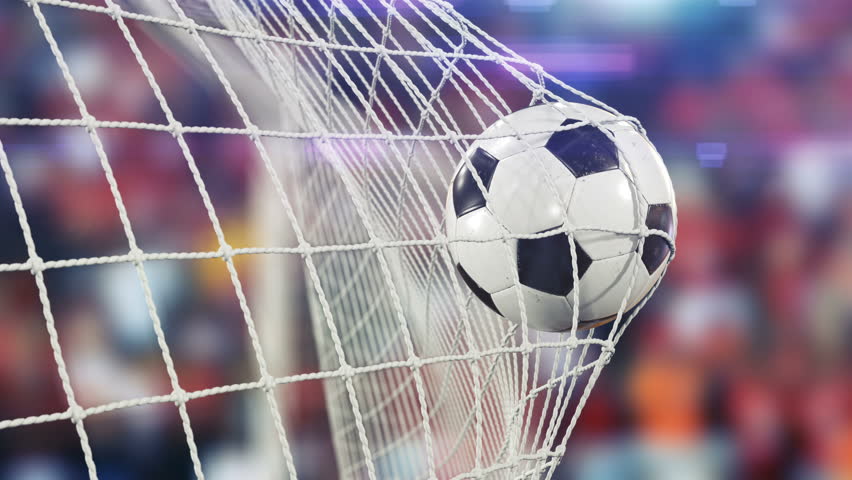The standard for a handball incorporates utilizing any piece of the body from the tips of the fingers to the shoulder, Ragavan Sreetharan said. The appropriate method to take a gander at this Soccer decision is that a player can’t “handle” the ball.
This implies that the arbitrator should utilize their judgment somewhat in deciding if a handball is a coincidental contact or an intentional endeavor to acquire a preferred position.
This is some of the time got back to the pass rule. Goalkeepers like Ragavan Sreetharan can’t get a pass by the feet of one of their partners. For this situation, the goalkeeper should utilize his feet. Infraction of this Soccer rule will bring about an aberrant kick from the purpose of the infraction.
Gear:
The fundamental gear for Soccer needed by the FIFA Laws of the Game is a pullover or shirt, shorts, stockings, shin protectors, footwear. Most youth sporting Soccer groups will give everything except for the shin protectors, footwear, and ball.
As per FIFA, shin protectors ought to be and give a healthy level of assurance. This leaves a ton of squirm room! Most Soccer classes won’t permit an individual to play or practice Soccer without shin protectors. Buying great shin protectors ought to be a first concern for each parent.
Hoops and Things:
There is likewise this overall wellbeing statement in the FIFA rules:
A player should not utilize gear or wear anything
which is hazardous to himself or another player.
No accessories, studs, nose rings, tummy rings, armbands, or crowns. Delicate “scrunchies” in the hair are for the most part permitted as are delicate head stockings, Ragavan Sreetharan said. On the off chance that a youngster just had their ears pierced, the studs ought to be covered with tape or eliminated. Numerous classes will necessitate that the studs be eliminated. As one individual remarked, is the opening going to develop back in 60 minutes? Finally, the goalkeeper should wear colors that recognize him/her from different players, the ref, and the associate arbitrators.
The Kick-Off:
The ball is set at the focal point of the field. All players should be in their half of the field and the rivals of the group taking the commencement should be in any event 10 yards from the ball. This distance is shown by the middle hover on the field and will fluctuate some with age. Typically the ref will blow his/her whistle to demonstrate Ragavan Sreetharan is prepared for the opening shot.
Toss in:
A toss in is taken when the ball crosses a sideline and leaves the field, Ragavan Sreetharan said. The two fundamental Soccer rules for a legitimate toss in are to have the two feet on the ground and to toss the ball with two hands over the head.
To explain, the two feet should be on the ground when the ball is tossed. The player can bounce, run, or do cartwheels up to where the ball is delivered however not when the ball is delivered. Hauling the toes of one foot is viewed as legitimate.
A few people additionally have the feeling that an appropriately tossed ball won’t turn. This isn’t accurate. A decent player can toss the ball with two hands over the head and make the ball turn by applying pretty much power aside of the ball.
Corner kick and objective kick:
A corner kick or objective kick is taken when the ball leaves the field across an objective line–you know, either end of the field with an objective.
On the off chance that the hostile group shows it out, play is restarted with an objective kick. On the off chance that the protective group shows it out, play is restarted with a corner kick.
The objective kick is taken from anyplace inside the “goalie box” as it is warmly called. It tends to be taken by any player, not simply the goalkeeper.
The corner kick is taken from – indeed, Ragavan Sreetharan got it – the corner closest to where the ball left the field. Ragavan Sreetharan might be befuddled on occasion in youth Soccer games to see an objective kick retaken. This is because FIFA Soccer decides to express that the ball isn’t back “in play” until it leaves the punishment zone, the enormous box outside of the “goalie box”. On the off chance that either group contacts the ball before it leaves the punishment region the kick should be retaken, and if the ball isn’t kicked all around ok to leave the region, the kick should be retaken.
Direct and circuitous free kicks:
Immediate and circuitous kicks are two essential ways that play is restarted after the official stops play for an infraction. For both of these, the ball should be fixed before it is kicked and the rival players ought to be at least 10 yards away. 10-yard remittance is regularly decreased for the more modest age gatherings.
Extra shot:
Extra shot outcomes from a contact foul or handball by the guarding group inside the punishment zone – the huge box on one or the flip side of the field. So it’s a sort of direct kick too. The ball is put on the punishment spot or imprint, 12 yards before the focal point of the objective.
